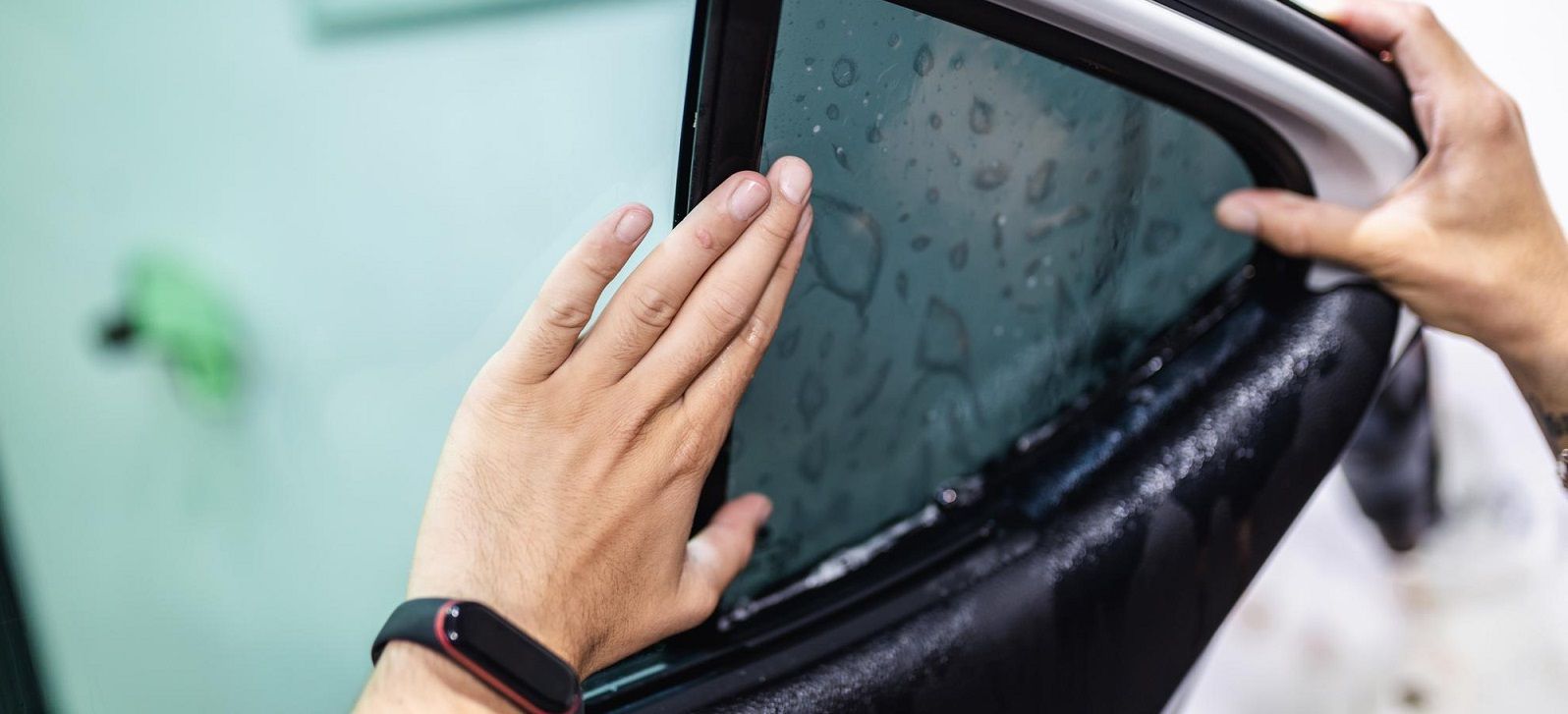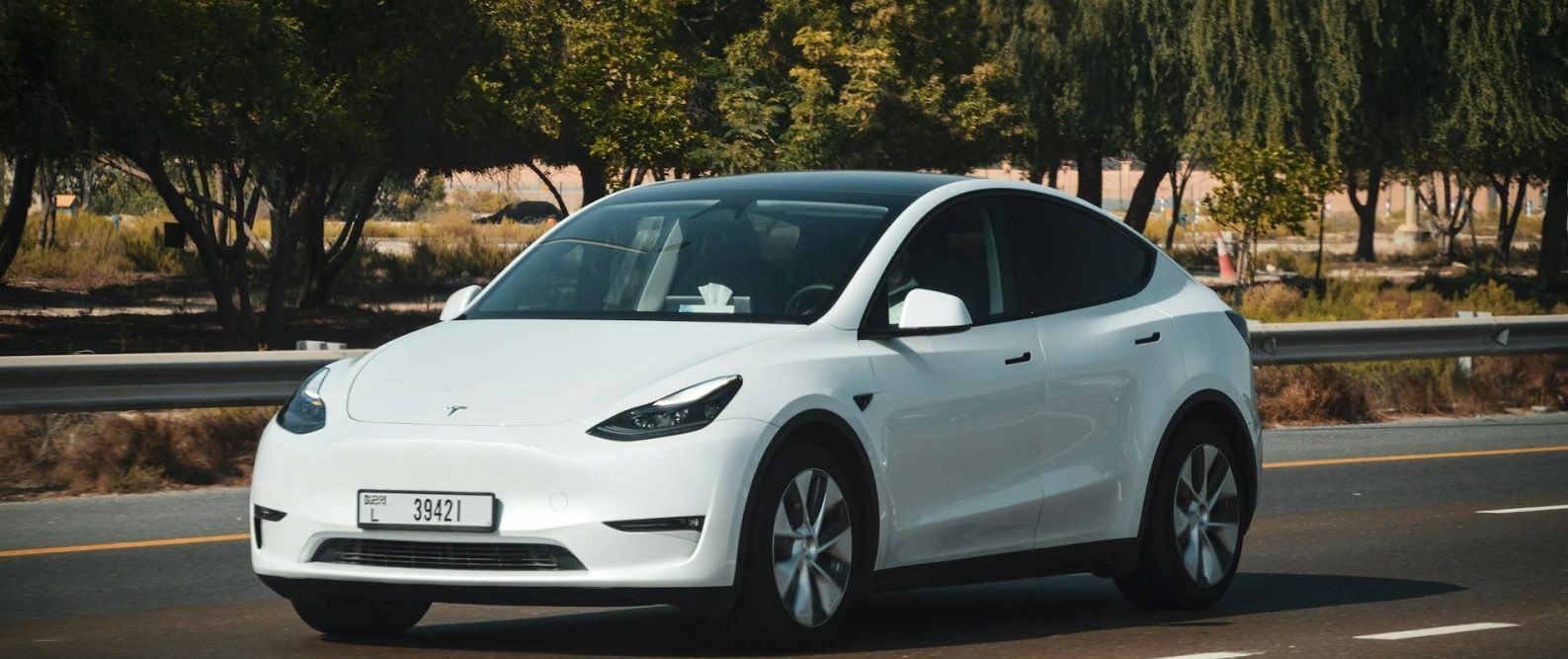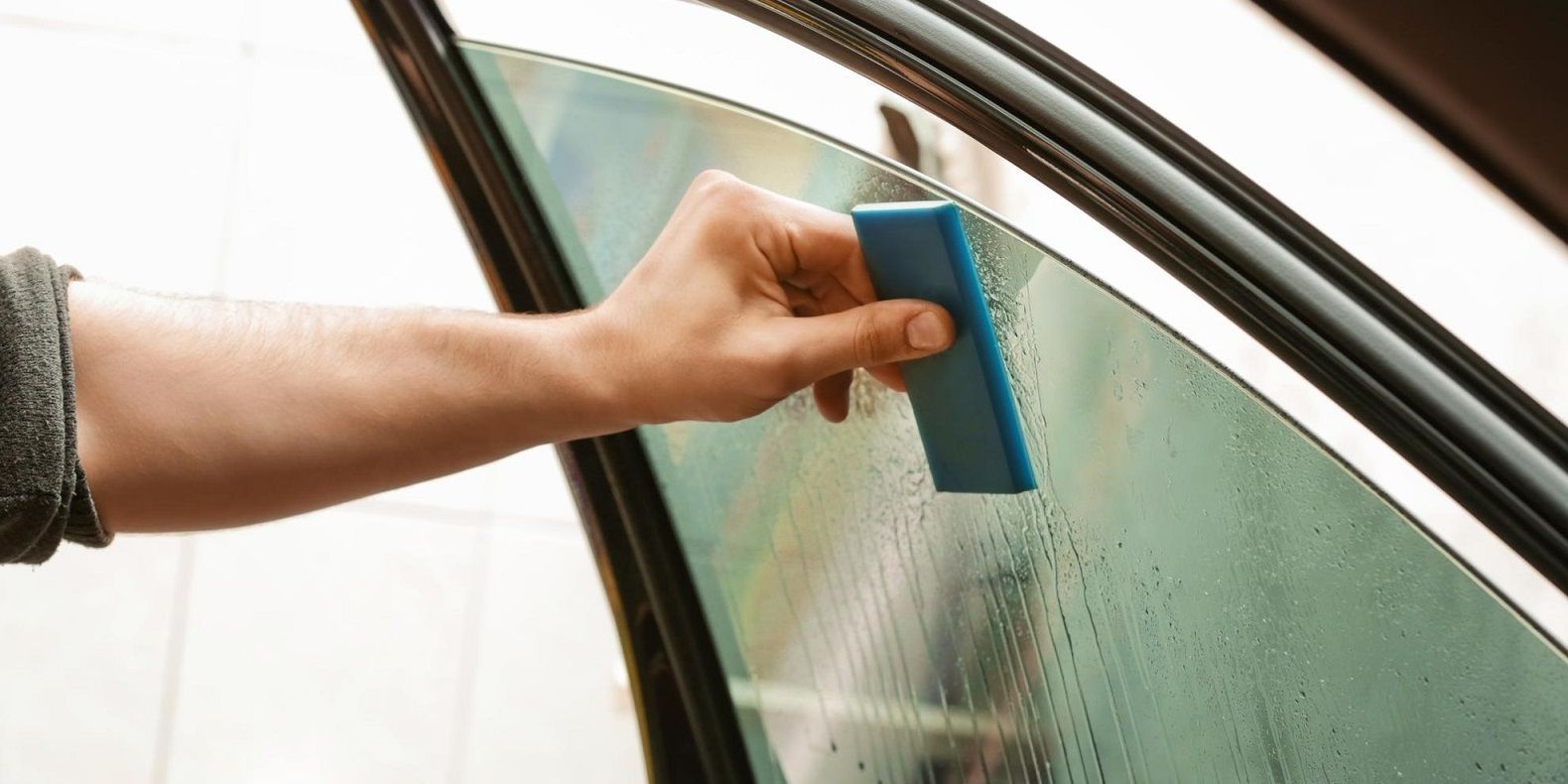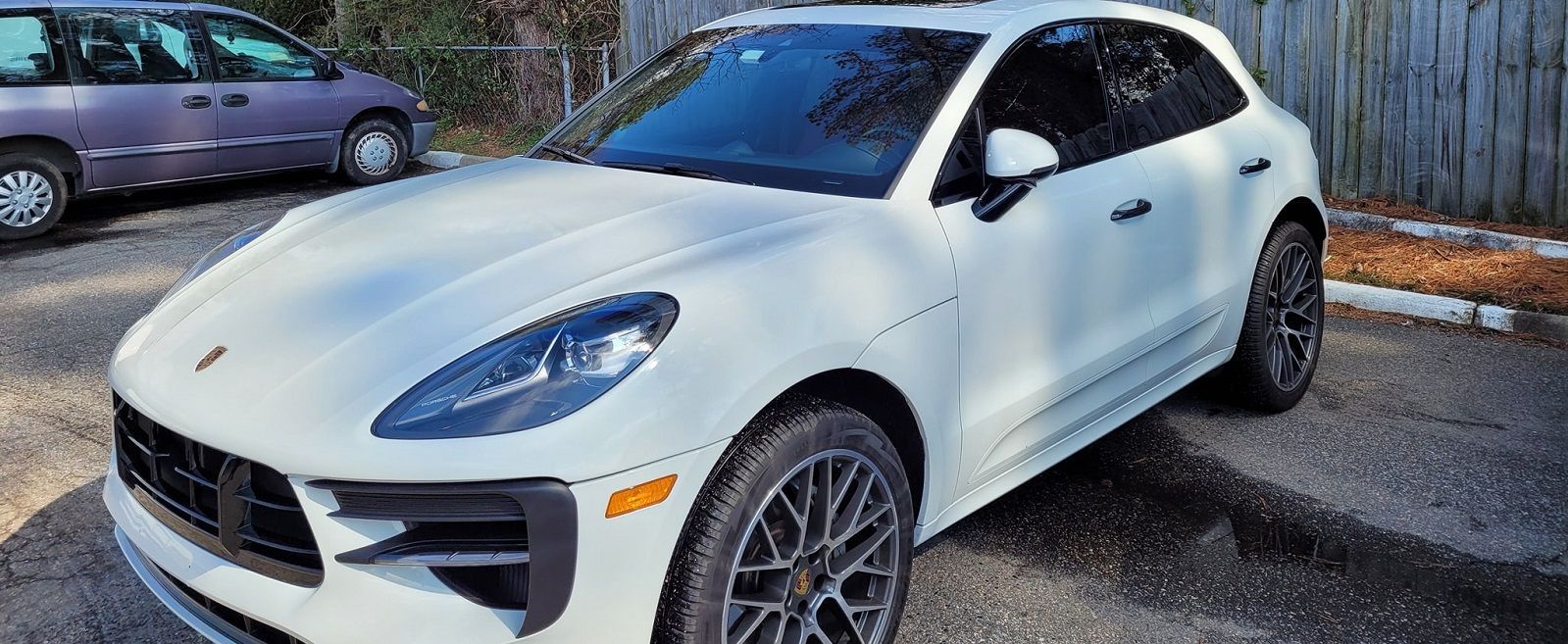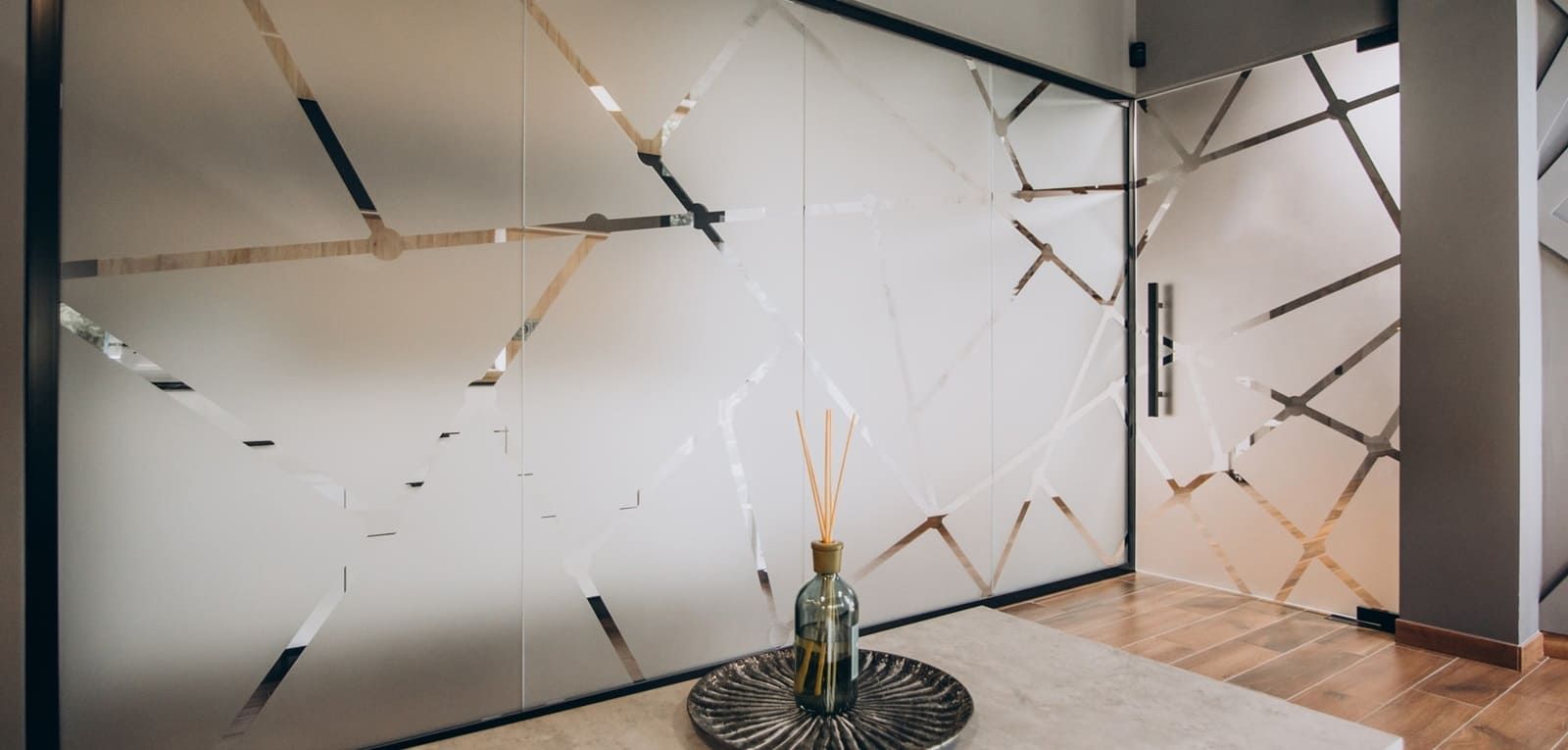Car Window Tinting 101: Everything You Need to Know Before You Tint
Thinking about giving your car a bit of a makeover with some window tinting? You're not alone. It's not just about making your ride look sleek. Tinting can help with privacy, keep your car cooler, and even protect against harmful UV rays. But before you dive in, there's a bunch of stuff you should know. From the types of tints available to the legal stuff you need to keep in mind, this guide will walk you through it all. Let's get started on making your car not just look better, but feel better too.
Key Takeaways
- Car window tinting isn't just for looks; it offers UV protection and keeps your car cooler.
- There are different types of tints like dyed, metalized, and ceramic, each with its own perks.
- Choosing the right tint involves balancing aesthetics, performance, and legal requirements.
- You can install tints yourself, but pros might do a cleaner job, especially if you're new to it.
- Laws about tinting vary by state, so check local regulations before you tint.
Understanding Car Window Tinting
What is Car Window Tinting?
Car window tinting involves applying a thin film to the windows of a vehicle. This film can help reduce the amount of sunlight and UV rays that penetrate through the glass, providing several advantages such as enhanced privacy, reduced glare, and improved comfort inside the car.
- Reduces Sunlight: The tint film can significantly cut down the glare from sunlight, making driving more comfortable.
- Blocks UV Rays: It can block up to 99% of harmful UV rays, protecting both the car’s interior and its passengers.
- Enhances Privacy: With tinted windows, it’s harder for people outside to see into the car, adding a layer of privacy and security.
Tinting your car windows is not just about style; it’s also a practical choice for protecting your health and enhancing your driving experience.
History and Evolution of Window Tinting
The concept of window tinting isn't new. It began in the early 20th century with dyed glass, which offered minimal sun protection. The 1960s saw the introduction of window tint films, which were a game changer in controlling light and heat. Over the decades, technology has advanced, leading to a variety of films that offer different levels of protection, durability, and appearance.
- Early 20th Century: Initial attempts involved using dyed glass.
- 1960s: Introduction of window tint films, improving heat and light control.
- Modern Day: Various materials like ceramic and metallic films offer enhanced benefits.
How Window Tinting Works
Window tinting works by adding a layer of film to the glass. This film is usually made from polyester and can contain dyes, metals, or ceramics depending on the type of tint. Each type of film has unique properties:
- Dyed Films: Absorb solar heat and reduce glare.
- Metalized Films: Reflect sunlight and strengthen the glass.
- Ceramic Films: Offer superior UV protection without interfering with electronic signals.
The film is applied to the inside of the car windows using a special adhesive. Once applied, it can significantly alter the way light and heat are transmitted through the glass, making the interior cooler and more comfortable.
Benefits of Car Window Tinting
UV Protection and Skin Safety
Car window tinting is like sunscreen for your car. It blocks out a huge chunk of the sun's
harmful UV rays, which can damage your skin and even lead to
skin cancer. It's like wearing a pair of shades that protect not only your eyes but your whole body. Plus, it helps keep your car's interior from fading and cracking, which is a bonus if you want to keep your ride looking fresh.
Enhanced Privacy and Security
Ever feel like you're in a fishbowl when you're driving? Tinted windows can give you that extra layer of privacy. It keeps prying eyes from peeking into your car, which is great if you're carrying valuables. It's not just about privacy, though. It adds a layer of security because it makes it harder for potential thieves to see what's inside.
Heat Reduction and Energy Efficiency
Tinted windows can make a big difference in how hot your car gets. They block out some of the sun's heat, which means your car doesn't turn into a sauna on a hot day. This can be a game-changer in the summer, especially if you live somewhere warm. By keeping your car cooler, you might find you don't need to blast the air conditioner as much, which can save on gas and help the environment.
Tinting your car windows isn't just about looking cool; it's
about making your car more comfortable and efficient. It's a small change that can have a big impact on your driving experience.
Types of Car Window Tints
When it comes to car window tinting, there are several options, each with its own set of features and benefits. Let's dive into the different types of window tints available for your vehicle.
Dyed Window Film
Dyed window film is the most basic and budget-friendly option. It's made by placing a layer of dye between an adhesive layer and a protective polyester top coating. This tint absorbs solar heat and reduces glare, offering a sleek look from the outside.
- Pros:
- Cost-effective
- Reduces glare
- Provides a classic dark appearance
- Cons:
- Less effective at blocking UV rays
- Can fade over time
- Limited heat reduction
Metalized Window Film
Metalized window film contains tiny metallic particles that reflect heat and darken windows. It's known for its durability and resistance to scratches, making it a popular choice for those looking for a long-lasting solution.
- Pros:
- Strong and durable
- Excellent heat reduction
- Enhances window strength
- Cons:
- Can interfere with GPS and radio signals
- More expensive than dyed films
- Shiny appearance may not be preferred by all
Ceramic Window Film
Ceramic window film is the top-of-the-line option, offering superior performance without the downsides of metalized films. It uses ceramic particles to block solar heat and UV rays effectively.
- Pros:
- Excellent UV protection
- Does not interfere with electronics
- High heat reduction
- Cons:
- Higher cost
- Installation can be more complex
Choosing the right window tint for your car involves balancing your budget with your needs for privacy, heat reduction, and UV protection. Each type of tint
offers unique benefits, so
consider what's most important for your driving experience.
Choosing the Right Car Window Tint
Assessing Your Needs and Preferences
Before you pick a tint, think about why you want it. Is it for keeping your car cool, adding a bit of privacy, or maybe just for the look? Knowing what you want helps you
choose the right type. If you're all about staying cool, go for something with good heat rejection. But if you're more into privacy, a darker tint might be the way to go.
Understanding VLT Percentages
VLT stands for Visible Light Transmission. It's basically how much light gets through the tint. A lower VLT means less light comes in. Here's a quick table to show you what different VLT levels mean:
| VLT Percentage | Description |
|---|---|
| 5% | Very dark, limo tint, max privacy |
| 20% | Dark, often used on back windows |
| 35% | Medium, balanced privacy and visibility |
| 50% | Light tint, better visibility, less privacy |
Keep in mind, the lower the VLT, the less you can see through the windows, which might be great for privacy but not so much for night driving.
Balancing Aesthetics and Legal Requirements
While you might be tempted to go for the darkest tint available, you’ve got to think about the law. Different states have different rules about how dark your tints can be. It's super important to check these laws before you buy. Not only will this keep you out of trouble, but it'll also ensure your car passes inspections. Plus, you want your ride to look good, but it also has to be street legal. So, find that sweet spot between style and compliance.
Picking the right car window tint is all about balancing what you want with what you need. Consider your environment, your car's look, and the local laws to make
the best choice.
Installation and Maintenance of Car Window Tints
DIY vs. Professional Installation
When you're ready to install window tints, you've got two main choices: do it yourself or hire a pro. The DIY route might save you some bucks, but it's not as easy as it sounds. You'll need a steady hand, a clean space, and the right tools. Mess it up, and you could end up with bubbles or crooked lines.
On the flip side, going pro means shelling out more money, but you get peace of mind. Pros have the skills and tools to do it right, and many offer warranties on their work. It's a trade-off
between cost and quality.
Proper Cleaning and Maintenance
Once your tints are on, keeping them clean is key. Use a soft, lint-free cloth or a rubber squeegee to wipe them down. Steer clear of ammonia-based cleaners; they can mess up the film. Instead, mix a bit of mild soap with water for a gentle clean.
- Use a microfiber cloth: This prevents scratches and keeps the film smooth.
- Avoid harsh chemicals: Stick to mild, ammonia-free solutions.
- Regular cleaning: Keeps your tints looking fresh and lasting longer.
Common Issues and Solutions
Tinted windows can sometimes peel, bubble, or fade. Peeling usually starts at the edges and might be due to a bad install or wear over time. Bubbles often mean air or water got trapped during installation.
- Peeling: Might need a reapplication or touch-up.
- Bubbling: Often requires professional help to fix.
- Fading: Could be a sign it's time for a new tint.
Keeping your car's window tints in top shape isn't just about looks—it's about extending their life and maintaining their function. Regular care and knowing when to call in the pros can make all the difference.
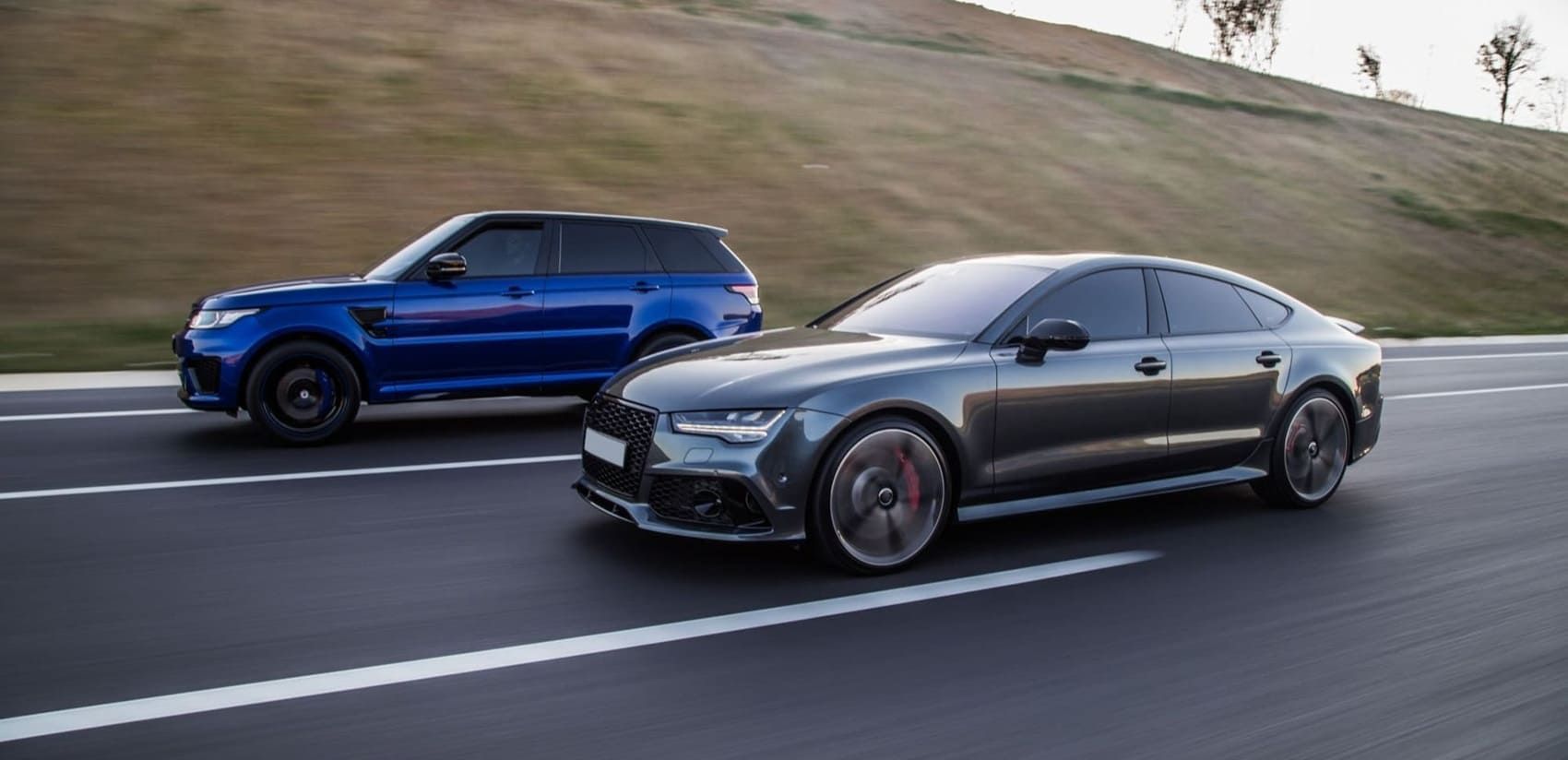
Legal Considerations for Car Window Tinting
State-Specific Tinting Laws
Window tinting laws can be a bit of a maze. Each state in the U.S. has its own rules about how dark you can go with your car's window tint. Typically, these laws are based on the Visible Light Transmission (VLT) percentage, which tells you how much light can pass through the tint. For instance, one state might allow a 50% VLT on front windows, while another might only permit 35%. It's crucial to check your local regulations before you tint your windows to avoid any legal headaches.
Medical Exemptions and Special Cases
Some folks might need darker tints for medical reasons. Conditions like lupus or photosensitivity might qualify you for an exemption from standard tinting laws. If you think you might be eligible, you'll need to gather the proper documentation from your doctor and submit it to the appropriate state department. It's not a free pass, but it can make driving more comfortable for those with specific health needs.
Ensuring Compliance and Avoiding Fines
Staying on the right side of the law with your window tint can save you from fines and hassles. Here are a few tips:
- Know the Law: Before you tint, make sure you understand the legal limits in your state.
- Use a Professional: A professional installer will often know the legal requirements and can help ensure your tint is compliant.
- Keep Documentation: If you have a medical exemption, keep copies of your paperwork in the car.
"Tinted windows can be a great addition to your car, but staying compliant with the law is key to enjoying them without trouble."
Conclusion
So, there you have it! Car window tinting isn't just about making your ride look sleek; it's got a bunch of practical perks too. At
Applied Film Technology in
Virginia Beach, Virginia, a Premier & Trusted Authorized Dealer of LLumar Window Tint, we provide window tinting services that keep the sun's harsh rays at bay and add a touch of privacy to your vehicle. Tinting can be a game-changer for your car. But remember, it's not a one-size-fits-all deal. Consider what you want out of it, check the local laws, and decide if you're up for a
DIY project or if you'd rather leave it to the pros. Whatever you choose, a well-done tint job can make your driving experience a whole lot cooler—literally and figuratively.
Contact us today for a
free estimate and let Applied Film Technology help you enhance your vehicle's comfort and style. Happy tinting!
Frequently Asked
Questions
What is car window tinting?
Car window tinting involves applying a thin film to the windows of a vehicle. This film helps to block out sunlight, reduce heat, and provide privacy for the car's occupants.
Why do people tint their car windows?
People tint their car windows for various reasons, including reducing glare and heat inside the car, protecting against UV rays, enhancing privacy, and improving the car's appearance.
Are there different types of window tint?
Yes, there are several types of window tint, including dyed, metalized, and ceramic tints. Each type offers different benefits, like UV protection, heat rejection, and durability.
Is car window tinting legal everywhere?
Car window tinting laws vary by state and country. Some places have specific rules about how dark the tint can be, so it's important to check local regulations before tinting your windows.
Can I tint my car windows myself?
You can tint your car windows yourself with a DIY kit, but professional installation is recommended for the best results. Professionals have the right tools and experience to apply the tint smoothly without bubbles or wrinkles.
How long does window tint last?
Window tint can last up to 5 years or more, depending on the quality of the film and how well it's maintained. Proper care, like avoiding harsh cleaning chemicals, can help extend its lifespan.
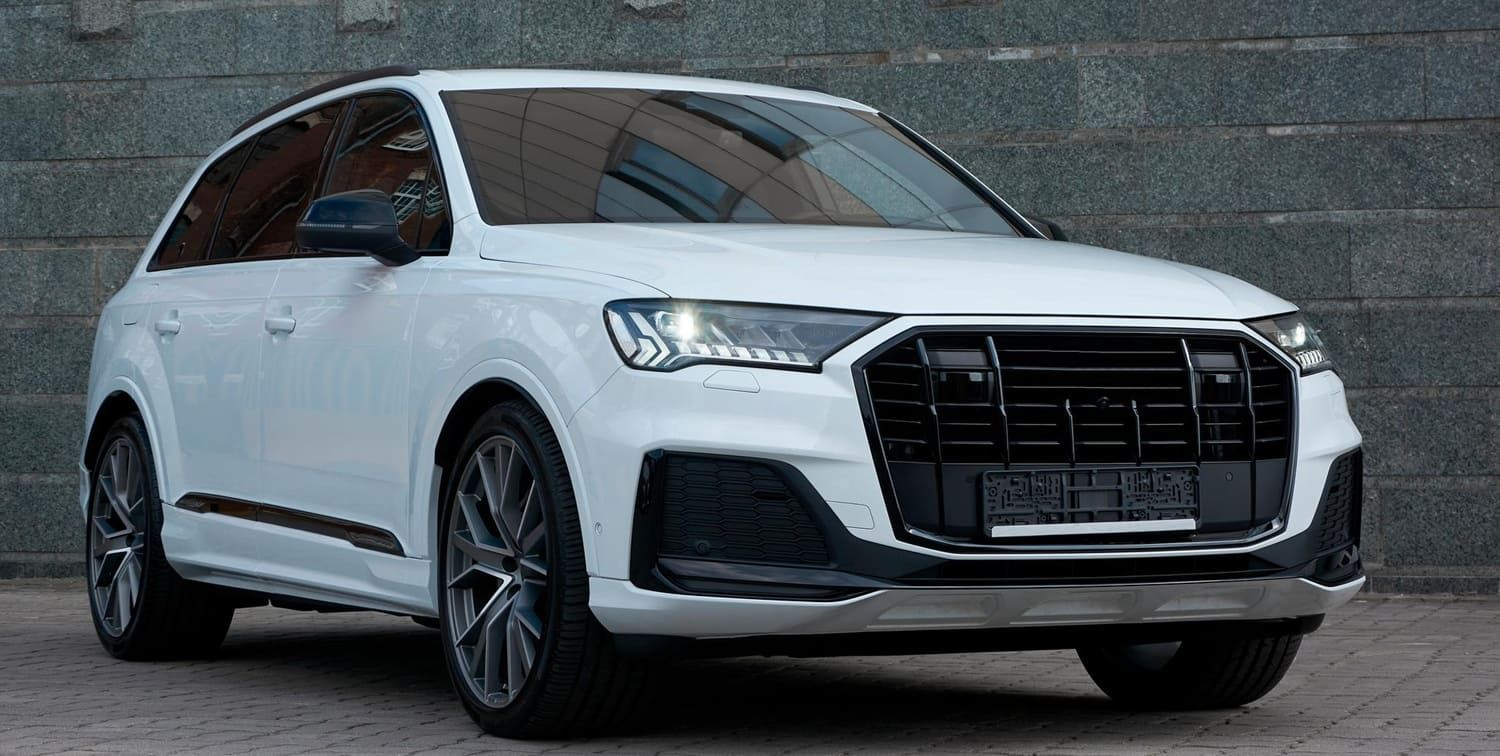

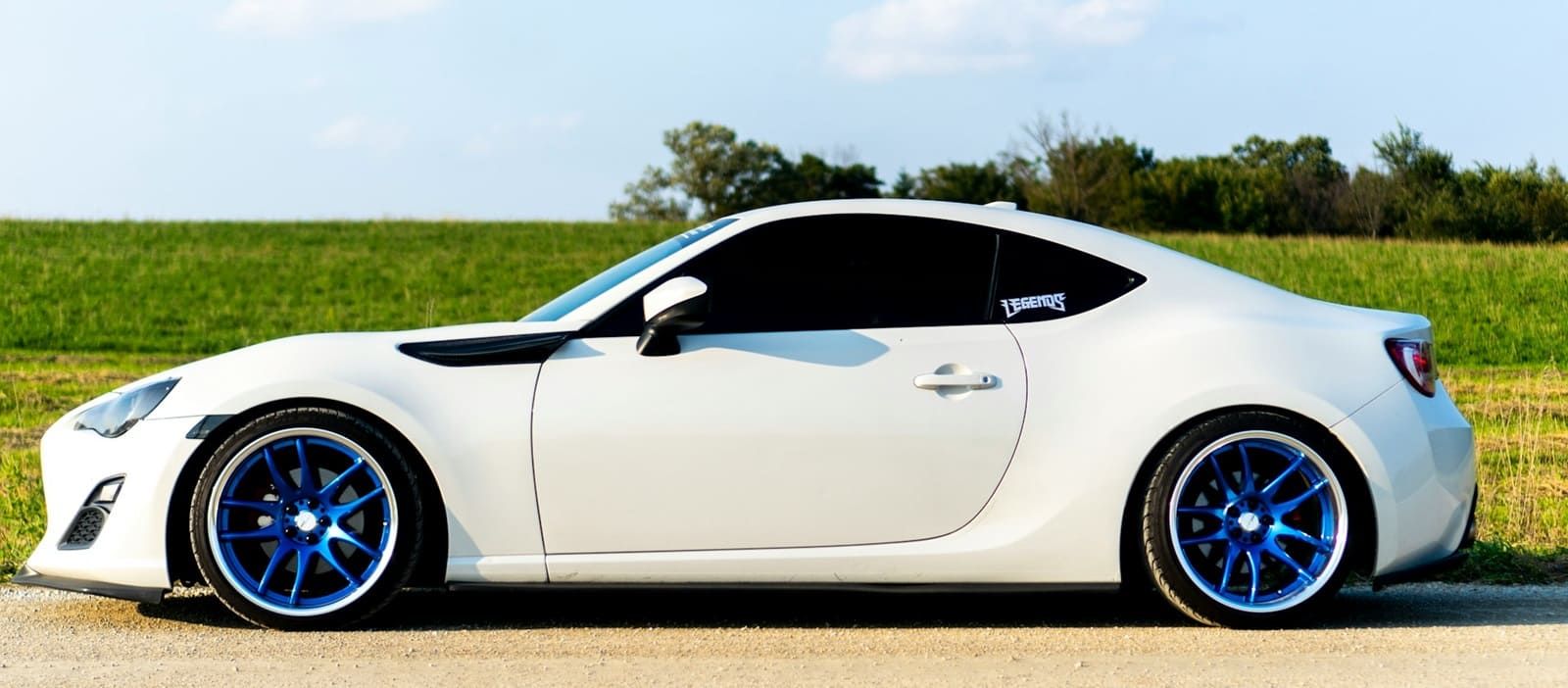

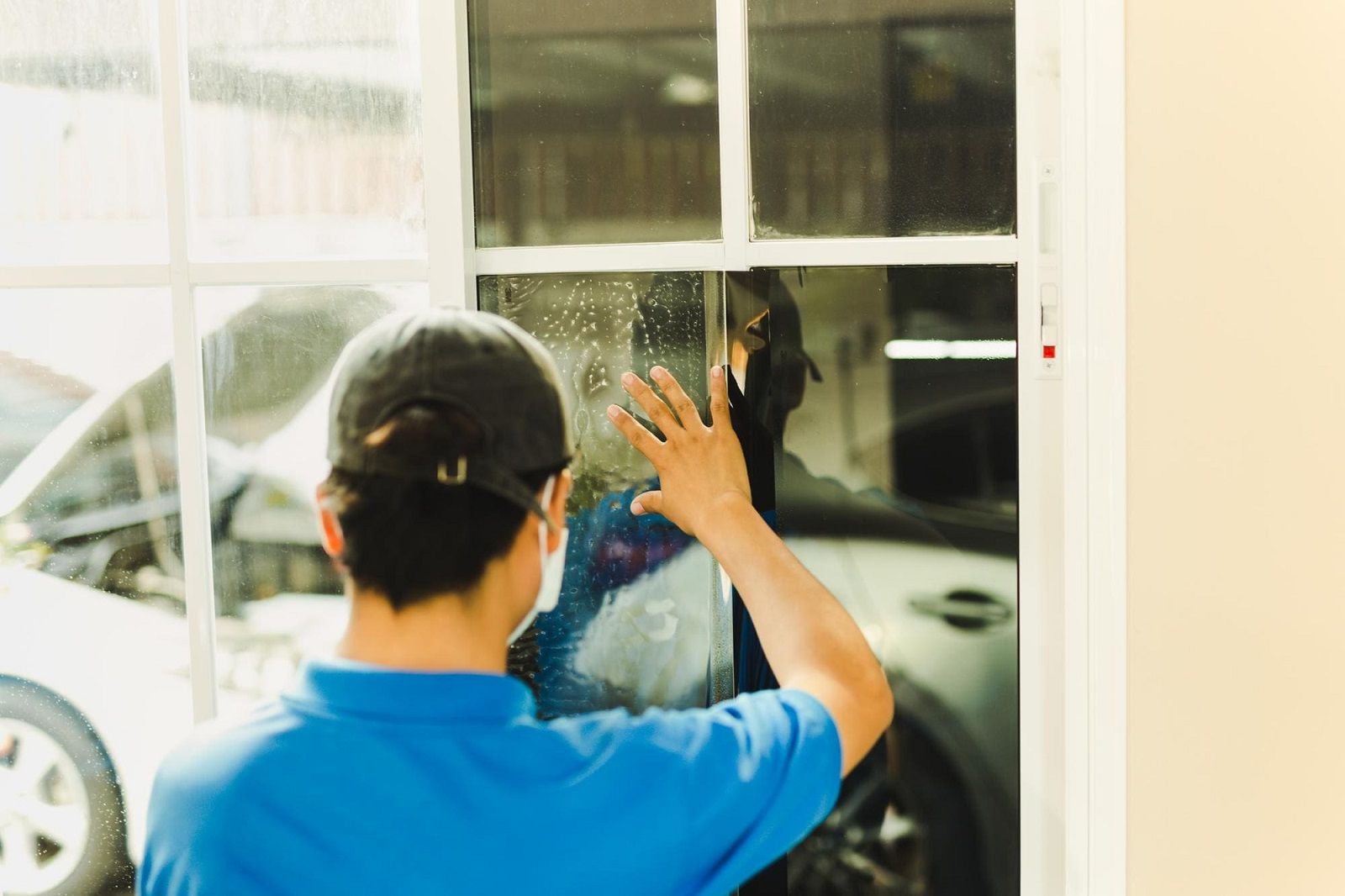

Business Hours:
Monday - Saturday: 8am to 5pm
Sunday: CLOSED
All Rights Reserved | Applied Film Technology


